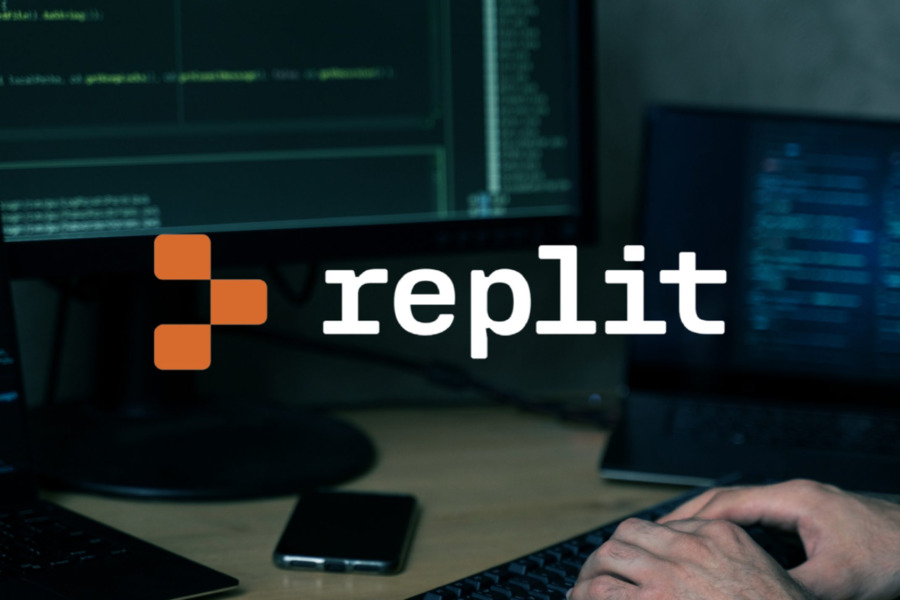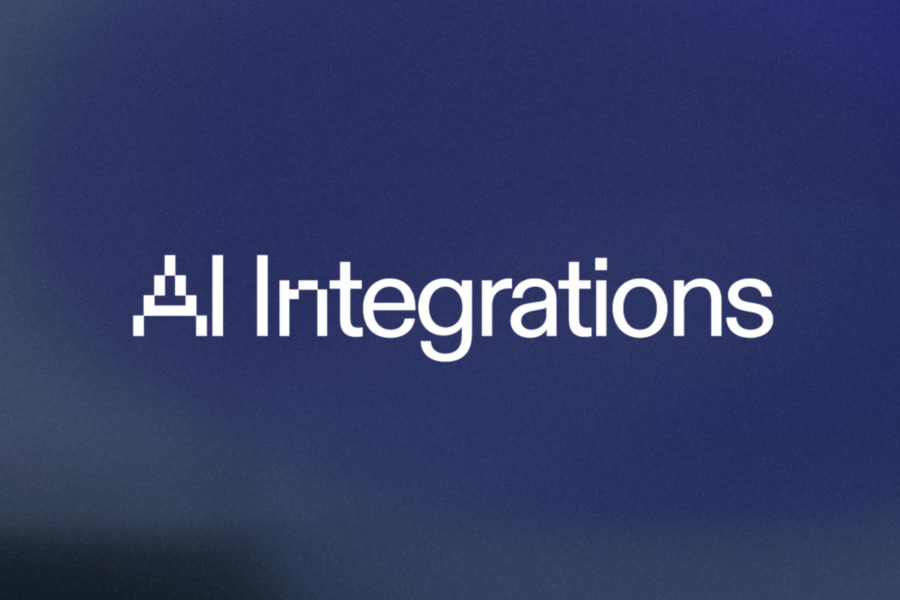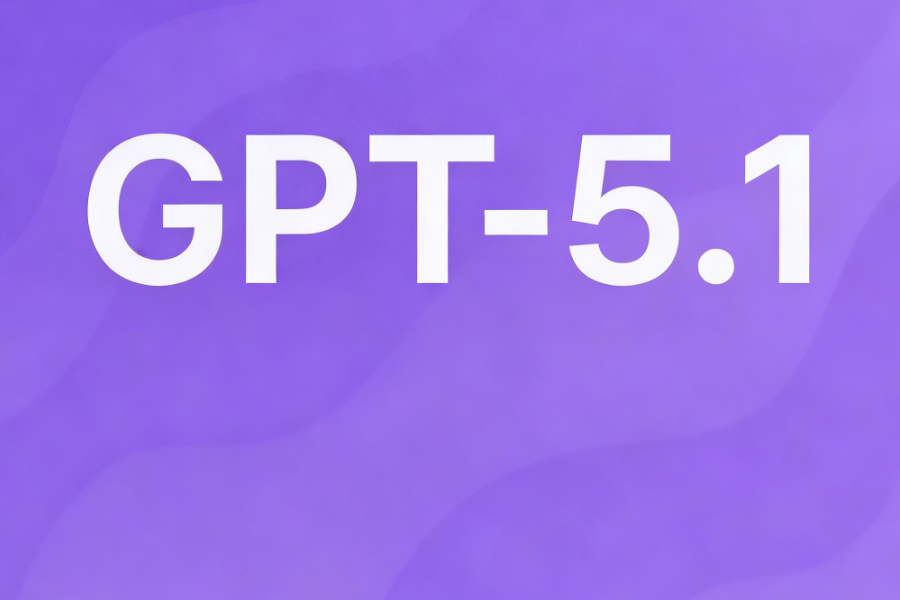In today’s rapidly evolving tech landscape, building artificial intelligence (AI) applications often involves complex procedures and cumbersome setup processes. However, Replit AI Integrations feature is poised to fundamentally change this dynamic.
Developers can now bypass the need to create multiple developer accounts, hunt for API keys, or spend hours sifting through documentation. With just a few simple steps, they can immediately begin building their AI projects.
What is Replit AI Integrations?

Replit AI Integrations makes constructing AI-powered applications within the Replit platform effortless. It provides users with direct, zero-configuration access to over 300 top-tier AI models. Whether the task involves advanced text generation or sophisticated image processing, developers can find a suitable model and dive straight into creation without any preliminary setup hurdles.
This feature effectively turns Replit’s development environment into a centralized hub for AI development, aggregating the power of leading models from various providers into a single, cohesive workspace.
Read More: Replit vs Cursor
How does Replit AI Integrations work?
The process is remarkably streamlined. A developer simply describes their requirement to the Replit AI assistant. For instance, they could prompt, “Help me build a chatbot,” or “Add GPT-5 functionality to my project.”
Once the assistant understands the request, it identifies the most appropriate AI model and asks for the user’s approval to connect it. Upon confirmation, the platform automatically handles all backend complexities. This includes configuring authentication credentials, establishing API connections, and linking the appropriate billing accounts. This automation ensures developers can start coding and iterating immediately, maintaining their creative flow without interruption.
The integrated smart assistant is designed to intelligently recommend optimal models based on the project’s needs. Text and image generation tasks, for example, might default to powerful GPT-series models, while projects requiring multimodal input (understanding both text and images) might leverage models like Gemini. Should a developer wish to switch models, a simple request to the assistant is all that’s needed.
Furthermore, Replit ensures complete transparency. All usage metrics and associated costs are clearly displayed within the Replit dashboard, allowing developers to monitor their consumption and manage their budgets effectively.
What You Can Build with Replit AI Integrations
This powerful new functionality unlocks a vast array of possibilities for developers working directly within the Replit workspace. Projects that once required significant setup and integration effort can now be prototyped and built with unprecedented speed. Potential applications include:
- AI-Powered Chatbots: Create intelligent conversational agents for customer service, entertainment, or personal assistance.
- Image Generation Tools: Develop applications that create, edit, or stylize images based on textual descriptions.
- Audio and Video Transcription Services: Build tools that automatically transcribe media files, extract captions, or generate summaries.
- Customer Insight Dashboards: Analyze large volumes of customer feedback, reviews, or survey data to extract actionable trends and sentiments.
- Document Summarization Tools: Create applications that can quickly digest long reports, articles, or documents and provide concise summaries.
This list is merely illustrative, as the integration with hundreds of models allows for innovation across virtually every domain of AI.
Final Words on Replit AI Integrations
Replit AI Integrations represents a significant leap forward in developer experience. It distills what was traditionally a multi-step, technically demanding process into an intuitive and immediate interaction. The developer states a need, and the assistant facilitates a rapid response, making the entire journey from idea to implementation remarkably smooth.
By drastically reducing friction, Replit positions itself as the fastest path to building AI applications, both for those taking their first steps into AI development and for experienced developers looking to rapidly prototype and scale their existing projects. This innovation not only accelerates individual development cycles but also has the potential to democratize AI creation for a broader audience of builders.



